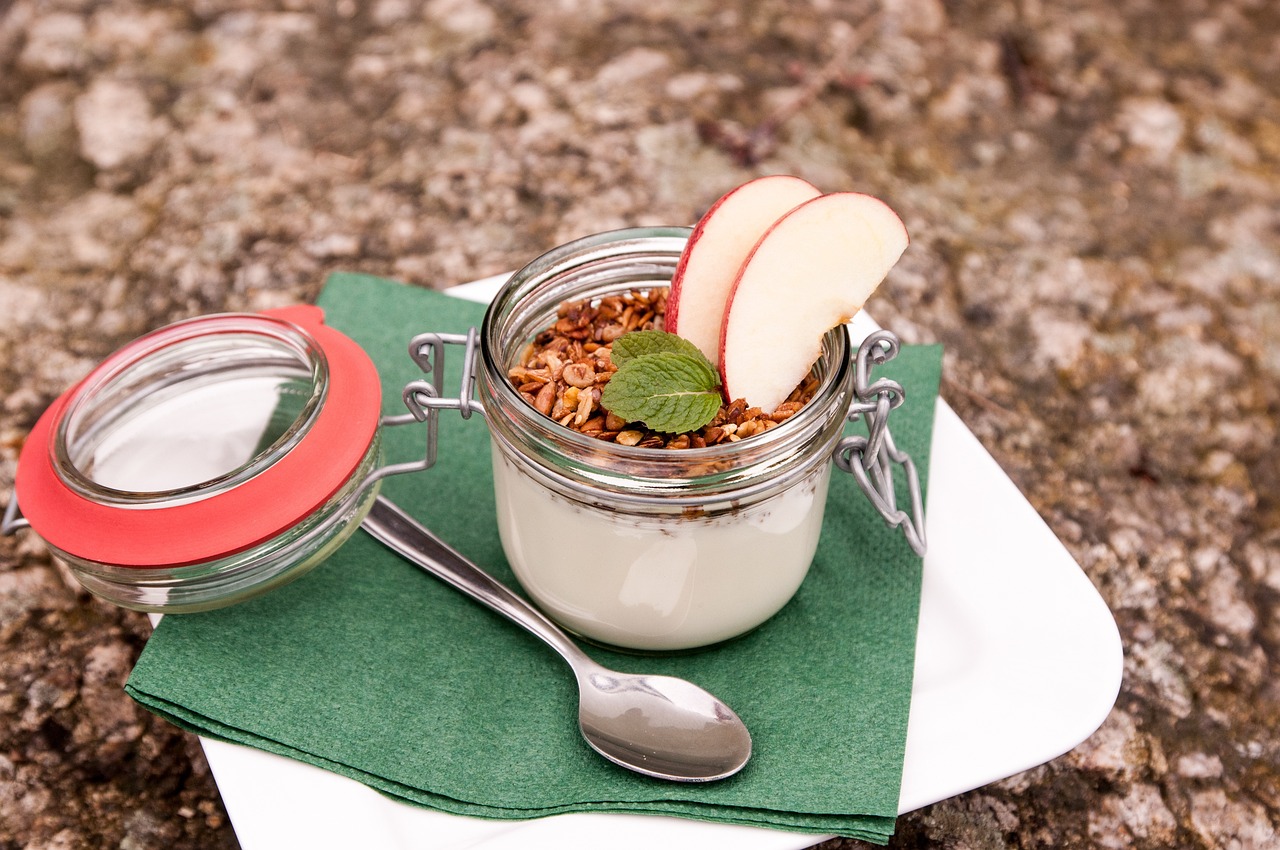“`html
The Paleo diet, often referred to as the caveman diet, emphasizes eating foods that our ancestors consumed during the Paleolithic era. This dietary approach has gained immense popularity due to its potential health benefits and simplicity. By leaning towards whole, unprocessed foods, the Paleo diet aims to improve overall well-being while promoting weight loss and better metabolic health. In this blog post, we will explore the core principles, health benefits, meal ideas, and practical tips for adopting the Paleo lifestyle.
What is the Paleo Diet?
The Paleo diet revolves around the idea of eating like our ancestors. It encourages the consumption of foods that were available before the advent of agriculture. Here’s a breakdown of its basic principles:
Core Principles of the Paleo Diet
- Whole Foods: Focus on unprocessed, natural foods.
- Animal-Based Proteins: Include lean meats, fish, eggs, and poultry.
- Fruits and Vegetables: Eat a variety of fruits and vegetables.
- Nuts and Seeds: Incorporate healthy fats from nuts and seeds.
- Avoid Processed Foods: Eliminate refined sugars, grains, legumes, and dairy.
Health Benefits of the Paleo Diet
The Paleo diet is linked to a range of health benefits. Here are some key advantages of adopting this eating style:
Weight Loss
- Paleo foods are nutrient-dense and satisfying, which may help reduce caloric intake.
- The elimination of processed foods can lead to lower insulin levels and encourage fat burning.
Improved Metabolic Health
- Research suggests that the Paleo diet may enhance blood sugar control and reduce markers of metabolic syndrome.
Enhanced Digestive Health
- By emphasizing fiber-rich fruits and vegetables, the Paleo diet can improve gut health.
Foods to Include in the Paleo Diet
Understanding which foods fit within the Paleo framework can ease your transition to this diet. Here is a comprehensive list:
Recommended Foods
- Proteins:
- Grass-fed beef and lamb
- Free-range chicken and turkey
- Wild-caught fish like salmon and tuna
- Pastured eggs
- Fruits and Vegetables:
- Berries, apples, bananas, and oranges
- Leafy greens, broccoli, and other non-starchy vegetables
- Nuts and Seeds:
- Almonds, walnuts, pumpkin seeds, and chia seeds
Sample Paleo Meal Plan
To help you envision what a day on the Paleo diet looks like, here’s a simple meal plan:
Breakfast
- Scrambled eggs with spinach and avocado.
- Berries as a side dish.
Lunch
- Grilled chicken salad with mixed greens, almonds, and olive oil dressing.
Dinner
- Seared salmon with roasted sweet potatoes and broccoli.
Snacks
- Apple slices with almond butter.
- Nuts or seeds for a quick energy boost.
Tips for Transitioning to a Paleo Diet
Transitioning to the Paleo diet can be challenging, but the following tips can facilitate a smoother journey:
Start Slowly
- Begin by eliminating processed foods and sugars, then gradually phase out grains and legumes.
Plan and Prepare Meals
- Meal prep can help you avoid non-Paleo foods when you’re busy.
Stay Hydrated
- Drink plenty of water throughout the day and consider herbal teas.
Explore New Recipes
- Experiment with different sources of protein and creative vegetable dishes to keep meals exciting.
Conclusion
The Paleo diet offers a return to a simpler way of eating that emphasizes whole, nutrient-rich foods. By focusing on what our ancestors consumed, you can improve your health, manage your weight, and enjoy the process of cooking. With its numerous health benefits and practical meal ideas, the Paleo diet can be an enjoyable and sustainable lifestyle choice. Whether you’re looking to shed a few pounds, boost your energy levels, or simply eat healthier, the Paleo diet may be the right fit for you. Remember, the key is to listen to your body and find a balance that suits your individual needs.
“`






